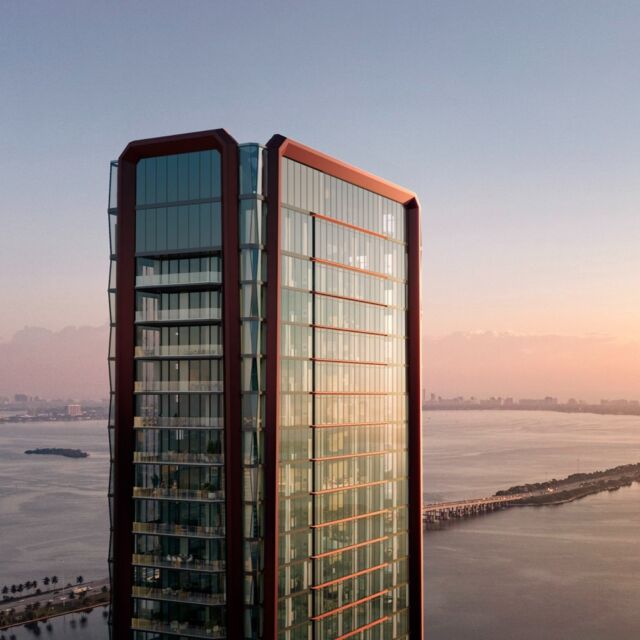Storm Chaser
Former commercial artist Dalton Portella now earns his living as a fine artist, photographer, and sometime musician. After a successful career in advertising, the last decade creating movie posters for Miramax Films –from Pulp Fiction to Aviator – he moved to Montauk to “forsake the almighty dollar to concentrate on fine art.”
When he’s not at work, he can be found riding the surf on the beach near his Montauk house and studio, playing his own tunes on guitar or getting people to move to the beat of his percussion instruments. He works in watercolors or oil on canvas, often adding such things as gravel to give the surface texture.
His stunning series of sharks moving magnificently through water began when he photographed the sand tiger variety at the Long Island Aquarium in Riverhead. He then went on to do cave diving ten-miles out to sea with Sea Turtle Charters on West Lake Drive, where he took pictures of blue sharks. “I look for subject matter when I create a series that has meaning,” he says. His mission is to “draw attention to the beauty of sharks and make people aware of their plight.”

For his bird series he started by painting a bird skeleton for about a year. He then moved on to painting a dead bird he found while on vacation in Brazil. A series of blue jays that happened to dive-bomb him followed. Nowadays people call him up to report sightings, most recently a hawk on the side of Route 27. His studio contains a shelf of carcasses, which he calls his bone yard. “Birds are symbolic of spirituality and peace.” While his work centers around the representational, it touches on abstraction in his birds.
A true storm watcher, he shoots “almost every storm that comes by.” For these he “marries the sky from one, the ocean from another and put them together,” he says. “It’s a modern approach to the classic maritime art that Winslow Homer or Turner would have done, but using modern technology.” The dramatic images went viral a couple of years ago. He’s represented by Outeast Gallery in Montauk, Sara Nightingale Gallery in Water Mill, Solar in East Hampton and Monika Olko Gallery in Sag Harbor.

The Shirts Off Their Back
Aubrey Roemer has been traveling the world pursuing a host of fascinating art projects, but the artist – whose work incorporates painting, photography, printmaking, installation, and performance – calls Montauk home. After studying art in Brooklyn at the Pratt Institute, the Rochester, NY native visited the South Fork’s easternmost village two years ago and decided to stay put. She moved into a new studio in June, a former stable overlooking a paddock.
Roemer arrived in town with the goal of painting portraits of ten percent of the village’s population. So far she’s painted more than 200 startling likenesses of locals, works that she installed all over town from the Blessing of the Fleet to Eddie Ecker Park. What’s even more interesting is that her medium of choice was hand-me-downs donated by the local populace: handkerchiefs, pillowcases, cloth napkins. With a strong focus on repurposed materials in all her work, her larger works are often executed on old bed sheets.
As in Montauk, she often uses community as a platform for creation. She recently returned from Indonesia where she recruited indigenous people to incorporate their traced handprints onto a ship’s sails. She then painted the sails with the area’s mythological creatures. For the colors she asked a local to find her hues that represented the seafaring region. When that person gave her a piece of driftwood, Roemer took it to a paint shop where the brown, white, teal and bright blue were duplicated.

She was recently commissioned by La Isla Foundation, an NGO researching an epidemic of Chronic Kidney Disease affecting sugarcane workers in Nicaragua. Her directive: to paint dozens of portraits of the deceased workers. “They’re being worked to death,” she says. Because of the seriousness of the project, she is rendering the images in red, and then giving them to the surviving families.
While volunteering to help refugees on Lesbos this past winter and spring, she photographed women and children. After turning the images into negatives, she printed them on the discarded clothing of earlier refugees. “It was literally the shirts off their back.”
Meanwhile, she is planning to have another installation of the Montauk portraits this summer as she continues to add more to her collection.of the deceased workers. “They’re being worked to death,” she says. Because of the seriousness of the project, she is rendering the images in red, and then giving them to the surviving families.


















![At @inspirseniorliving, they’re transforming senior living and elevating every dimension of life. With a philosophy that embraces enhanced wellness and immersive experiences, their communities offer residents a lifestyle that meets and exceeds everything they’ve envisioned for their lives; including Assisted Living, Memory Care, or Enhanced Care. [link in bio]](https://hamptonsrealestateshowcase.com/wp-content/uploads/sb-instagram-feed-images/452692090_1818077558601184_7837181803899896025_nfull.jpg)
![A winding private drive leads the way to 198 Two Holes of Water Road, situated on 10± acres with plenty of seclusion, privacy, and an all weather tennis court. After undergoing a top-to-bottom renovation in 2019, the estate has been marked by dramatic sculptural touches, wide expanses of scenic space, and is ready for immediate occupancy. Represented by @tomcavallo of @douglaselliman. [link in bio]](https://hamptonsrealestateshowcase.com/wp-content/uploads/sb-instagram-feed-images/452714375_18452144299030135_7245639606158274147_nfull.jpg)


![When Brooke Abrams undertook the interior decoration of an ultra-modern beach house designed by Bates Masi + Architects, her clients wanted everything to look very "rich and luxurious." In addition to unifying the interior space with the exterior space, Abrams sought to bring a sense of cohesiveness to the house. “It had a lot of beautiful pale woodwork in creams and beiges and greys,” she recalls. “Rather than introduce new colors, I felt it was important to stay within that neutral palate so that everything felt integrated.” [link in bio]](https://hamptonsrealestateshowcase.com/wp-content/uploads/sb-instagram-feed-images/452279191_374759435318292_2948881216648686178_nfull.jpg)


